This article will focus on sorting out the most promising Web3 game projects in various sub-sectors in 2024 that have the potential to "break out" like "Black Myth: Wukong."
Written by: Peking University Blockchain Research
With the conclusion of the "Destiny Rebirth" chapter of "Black Myth: Wukong," another pilgrimage has quietly entered its mid-stage — this is the new generation of Web3 games' journey for enlightenment. As one of the most classic narratives of Web3, GameFi is gradually shifting from "play to earn" to "play to play," placing more emphasis on gameplay rather than financial attributes. Just as Wukong grows in the storm and faces challenges, these Web3 games are also exploring their own truths. This report, as the first research paper in this semester's PKUBA·SectorScan series, will focus on sorting out the most promising Web3 game projects in various sub-sectors in 2024 that have the potential to "break out" like "Black Myth: Wukong."
Hamster Kombat: The Web3 Exploration Journey of Mouse Domination
Hamster Kombat is a "tap to earn" Web3 game that combines nurturing, combat, and social elements. Players can raise their own hamsters and participate in real-time battles to earn tokens and unique NFT rewards. The project features governance tokens and in-game tokens, with the former used for community decision-making and the latter for purchasing items and upgrades. On September 26, 2024, Hamster Kombat officially launched its airdrop, and its ecological token HMSTR was listed on more than a dozen mainstream exchanges, including Binance, OKX, and Bybit, creating the largest airdrop user base to date with over 300 million users.
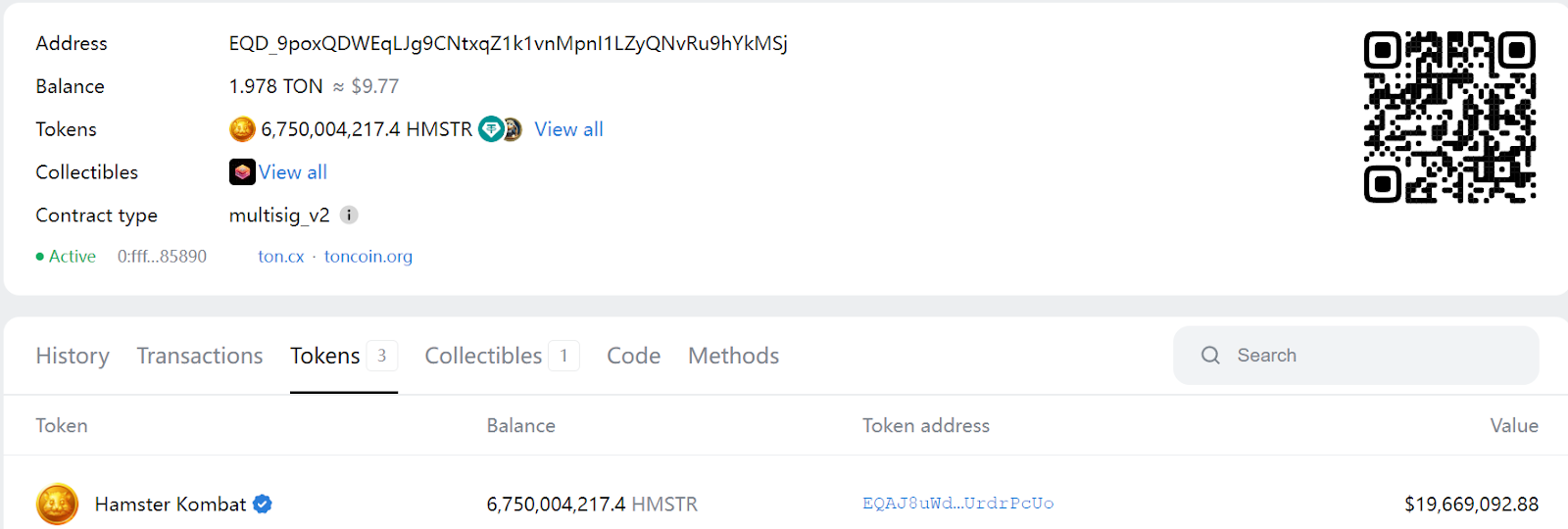
Players can enhance their hamsters' attributes through various methods, including training, feeding, and upgrading; they can also enter their hamsters into the arena for real-time battles, competing for rankings and rewards. The project token is $HMSTR, primarily used for community decision-making and voting, purchasing items, and upgrading hamsters. In Hamster Kombat, players' exchange levels depend on their game score balance, with nine levels ranging from Bronze to Grandmaster. Notably, the success of Hamster Kombat is an atypical case. In March 2024, the game created a Telegram channel and launched without any investment background. Initially, there was little discussion on Twitter, but it gained significant traffic with the help of Notcoin. By May, Hamster Kombat had 15 million users, and its Telegram channel ranked third globally. Subsequently, the user base surged to 300 million, with subscriptions reaching 69 million, making it the number one globally. The main reason for the game's success lies in its high playability — its diverse nurturing system, real-time battle mechanics, and social interaction elements allow players to enhance hamster attributes through training, feeding, and upgrading while participating in intense real-time competitions against other players. Compared to other games, Hamster Kombat's unique "tap to earn" mechanism lowers the participation threshold, enabling more players to easily get started and earn rewards. Additionally, the team's innovative strategies in promotion and social media interaction have allowed the game to quickly attract and retain players, making it stand out in the Web3 gaming space.
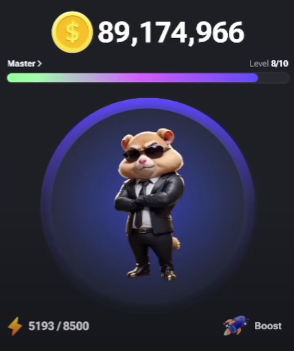
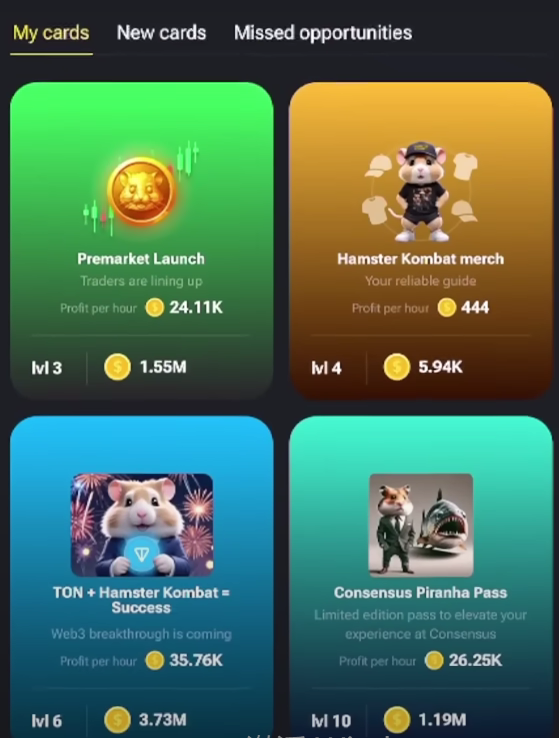
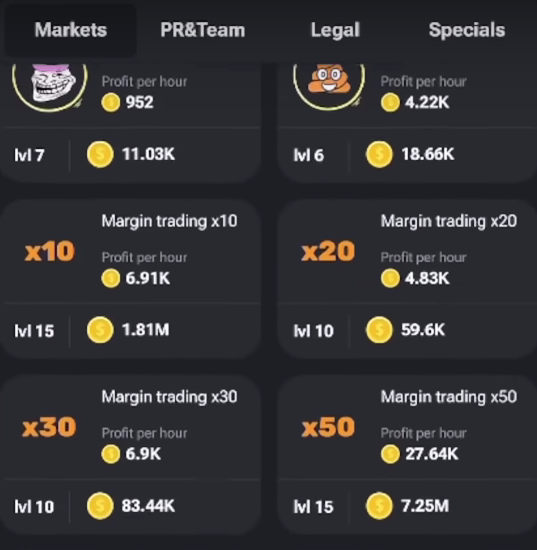
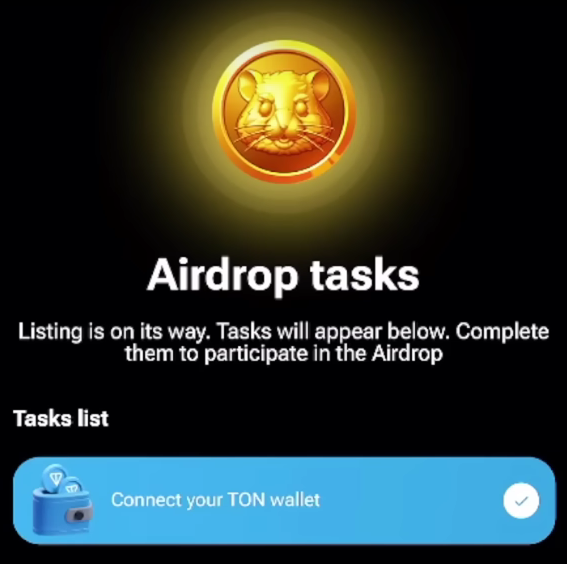
Furthermore, the team employed clever traffic strategies, including daily news programs and social media interactions, to rapidly increase their follower count and viewership, thus gaining recommendations from social media platforms.

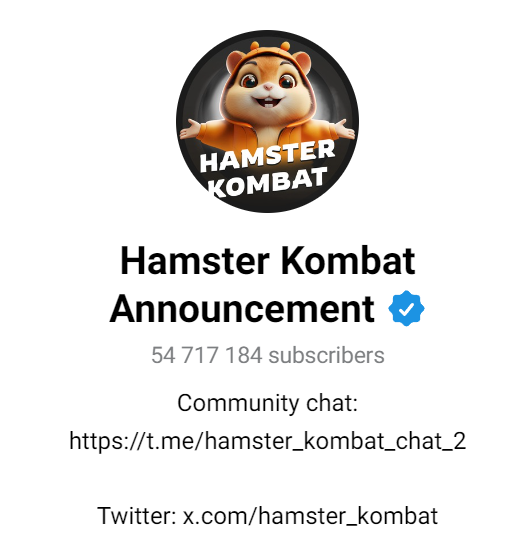
However, Hamster Kombat also faces significant challenges regarding airdrop distribution. With the rapid growth of users, how to distribute airdrops fairly has become a key issue. Previous large-scale airdrop experiences mainly focused on millions of users, while Hamster Kombat did not design an effective anti-bot mechanism in the early stages, leading to a large number of "airdrop hunters" participating, making it difficult to identify bots and potentially affecting the rights of real users. Although the official claim states that the user count has reached 300 million, the actual number of users eligible for the airdrop is 131 million, with 2.3 million bot addresses identified. Hamster Kombat emphasizes that due to cheating behavior, the game has banned the participation of these 2.3 million users. In September 2024, Hamster Kombat announced its roadmap for 2025, focusing on the continuous development of the game and community engagement. Plans include launching new features and updates to enhance the gaming experience while expanding the NFT market and game ecosystem.
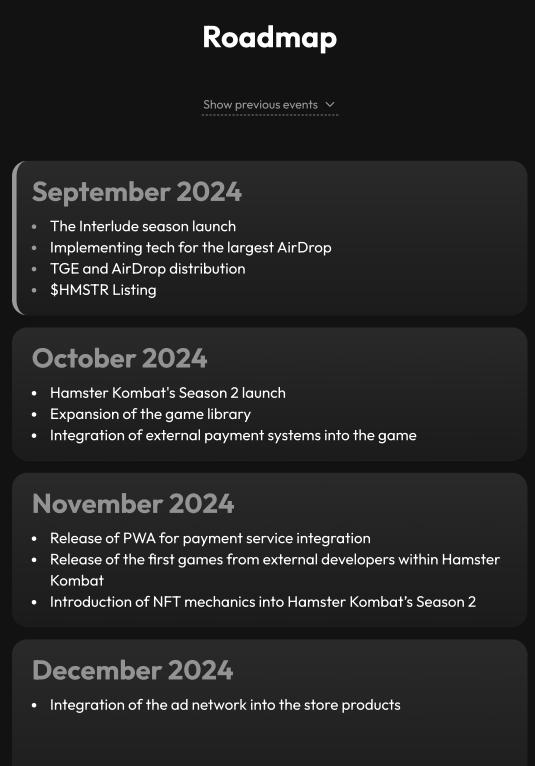
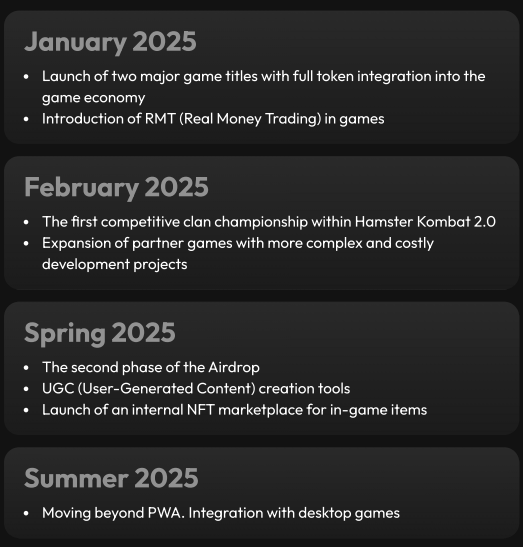
SERAPH: A Dark Horse in ARPG
"SERAPH: In the Darkness" is a dark fantasy style, NFT-based action ARPG Web3 game. Since the game officially launched on-chain and opened its official season in November 2023, SERAPH has maintained a high level of popularity. According to DappRadar data, SERAPH has exceeded 1 million UAW (Unique Active Wallets) in the past 7 days, becoming the second in the #GameFi sector. Transaction data has also surged accordingly. As a representative of the second generation of chain games, SERAPH has achieved outstanding results since its Alpha test in April 2023, with over 10,000 registrations; the data from five tests has repeatedly set new highs: the average DAU for Season 0 (the fifth test) reached 15,000, with a 14-day retention rate exceeding 30%, generating millions of dollars in revenue, making it a dark horse in the ARPG sector.

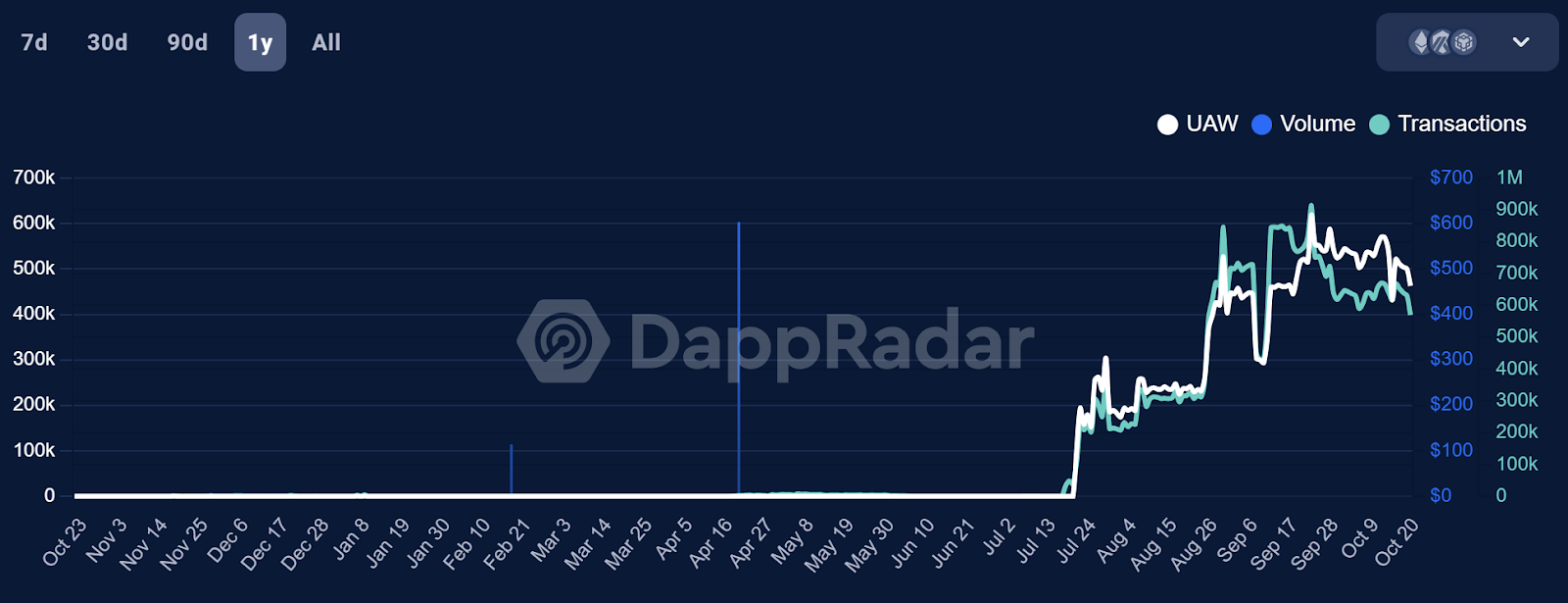
The impressive achievements of SERAPH are supported by a strong team. The SERAPH team is incubated by the South Korean gaming giant Actoz Soft (listed on Kosdaq), boasting over 15 years of experience in developing dark fantasy games. After embracing Web3, the team has demonstrated remarkable iterative capabilities: not only have they quickly learned the concepts, technical frameworks, and token economics of Web3, but they have also found a new positioning and angle for SERAPH that is not confined to the explorations of predecessors. Their rich development experience across Web2 and Web3 ensures that the game appeals to both Web2 and Web3 players. In terms of funding, SERAPH relies on resources from a Web2 gaming giant and has not adopted a community fundraising model; instead, it has self-funded its development, building community trust through the high quality of the game itself, reflecting the team's confidence in their game development capabilities.
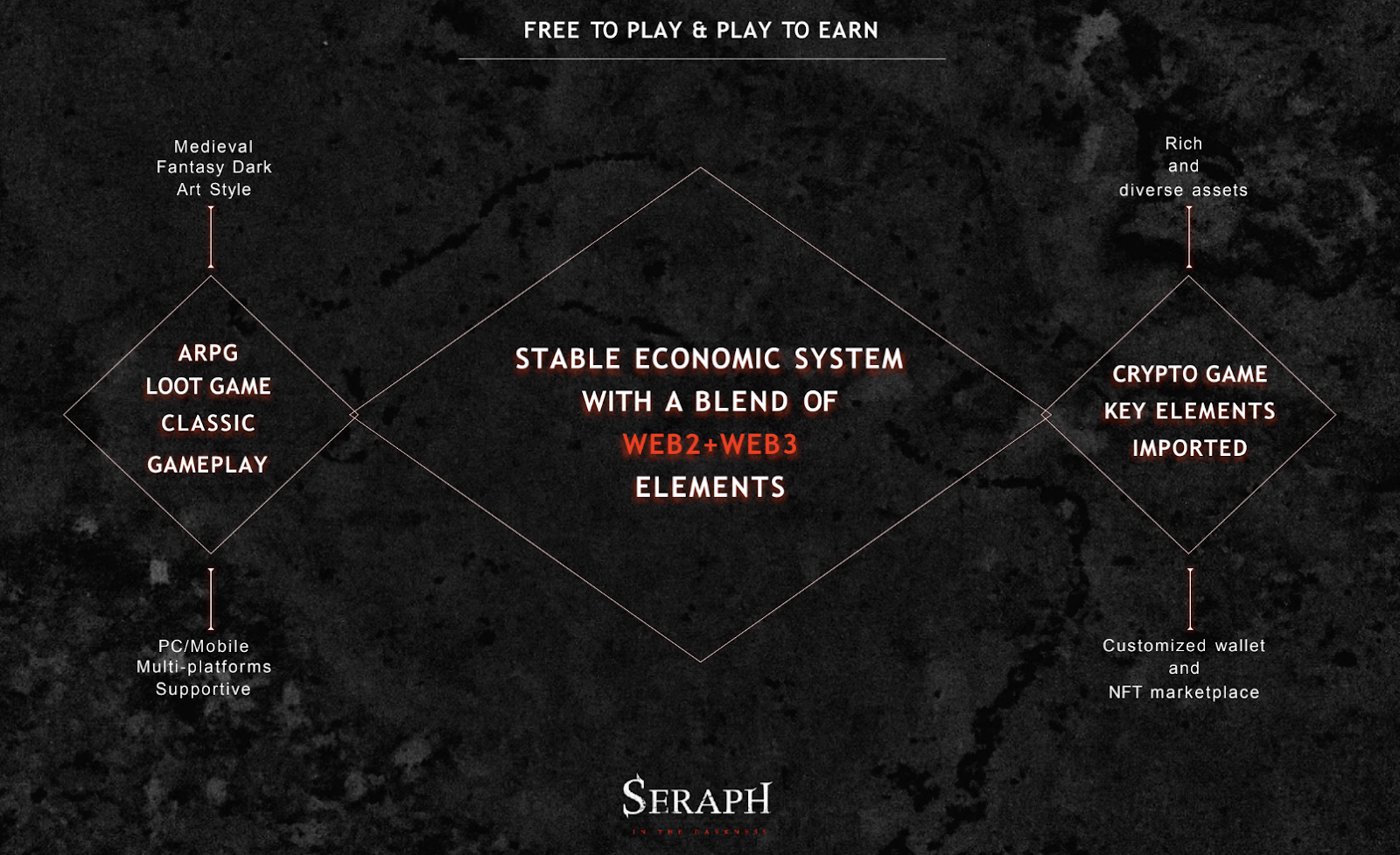
In terms of gameplay, SERAPH inherits classic dark fantasy equipment enhancement, character development, and dungeon exploration mechanics while incorporating AI companions and various MMO elements, introducing numerous innovations such as multiplayer teaming, PVP leaderboards, and player trading markets, significantly enhancing the game's playability and social interaction. In terms of token economics, players can enter the game for free and have the opportunity to acquire rare assets through gameplay. Additionally, players can directly use unique NFT equipment to produce "Soul Spars." Soul Spars have a wide range of consumption scenarios in the game and feature multiple regulatory mechanisms to combat inflation, ensuring the stable development of the game economy. Furthermore, SERAPH has set up seasonal rewards to incentivize players to create exclusive equipment, promoting the circulation and trading of equipment, thus achieving a diverse and continuously evolving economic ecosystem.
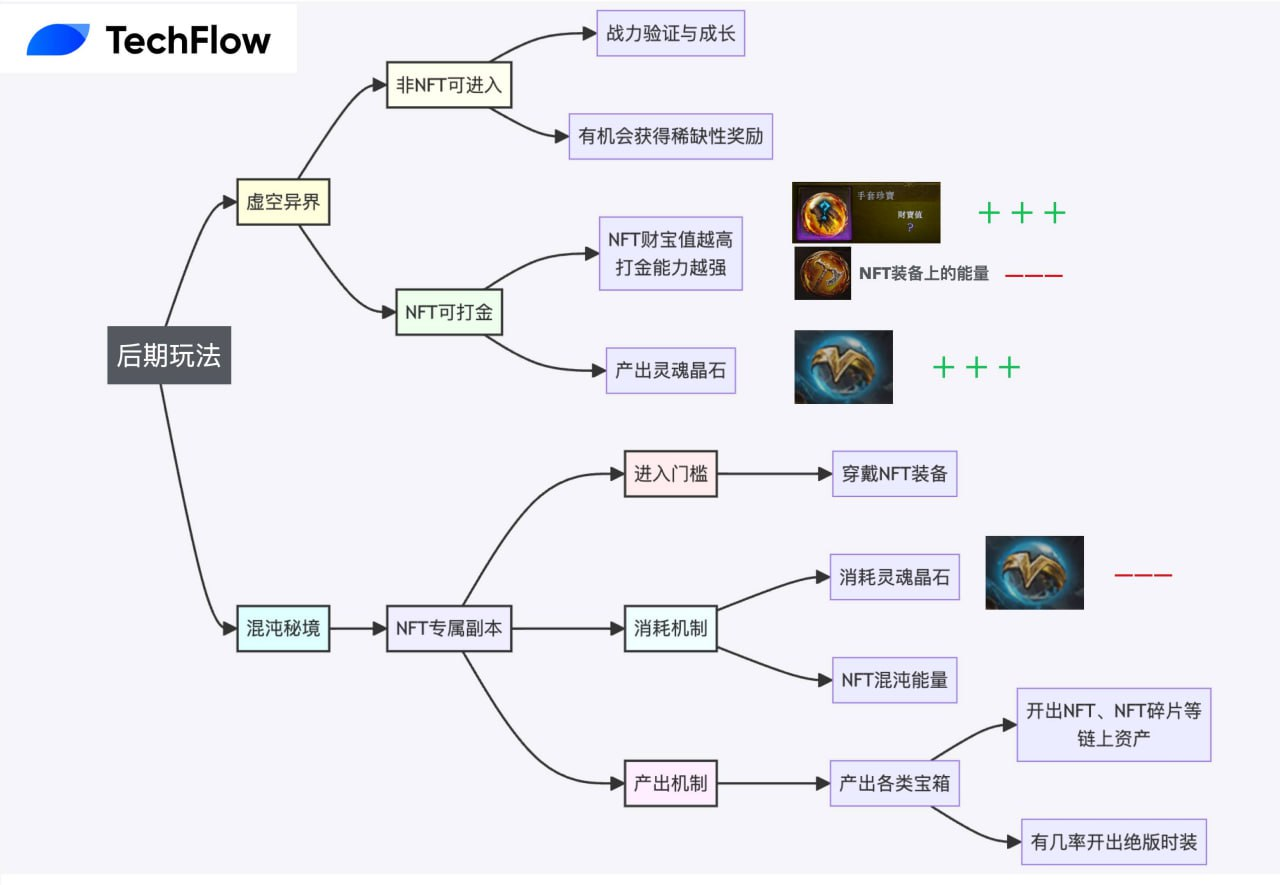
In the design of the game's token economic system, Seraph differs from typical Web3 games that adopt a "dual-token" economic model. According to the white paper, Seraph will only launch a single token in the future. Although the current single-token economic model is relatively stable, as the player base grows, how to maintain economic balance while mitigating the impact of inflation will be a good opportunity for the team to showcase its innovation and management capabilities.
Parallel: A New Attempt to Break Out in Sci-Fi Themed TCG, A Strong Competitor to Hearthstone
As one of the trading card games (TCG), Parallel empowers players with ownership of their cards and other game assets through the power of NFTs, allowing them to trade these assets among players like in Yu-Gi-Oh! In October 2021, the project raised $50 million from Paradigm at a valuation of $500 million and opened beta testing in February 2024. Subsequently, the company secured $35 million in funding in March 2024, with participation from over 20 VCs including Solana Ventures, Distributed Global, and OSS Capital. Among the founding team, Sascha Mojtahedi, one of the six co-founders, has nearly 16 years of project development and operation experience, and three members hail from the University of Waterloo in Canada, giving the team a strong Canadian background. The main design team consists of former members from well-known studios such as Epic Games, Blizzard, and Riot Games, providing solid backing and design experience.
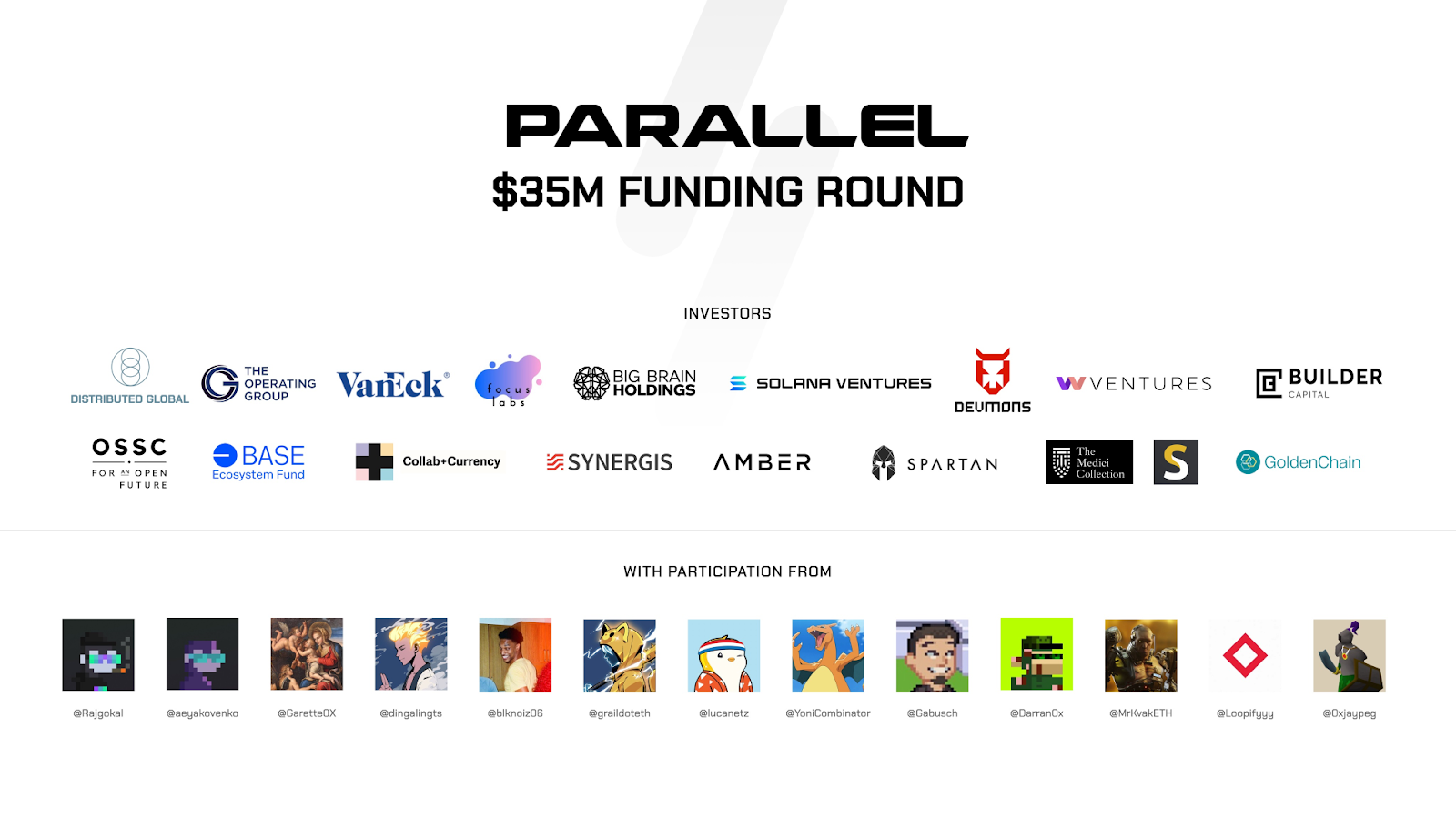
Compared to existing TCG card games, Parallel has unique highlights in the following dimensions: First, the game's world line is based on a sci-fi theme, which is highly differentiated from existing themes, generating significant game hype in the early stages. Second, in terms of gameplay, the core of the game revolves around building card decks, allowing players to focus on enhancing their decks and enjoying PVP ranking battles. By designing a large number of cards and synergies between them, Parallel offers players many possibilities, enabling them to fully utilize the game's complexity to construct optimal game decks. Despite the large size of the card pool, Parallel places great emphasis on balance between cards and allows for the disassembly and synthesis of cards to create any card players need, attracting a sufficient number of free players to participate in building the game ecosystem. In terms of art, Parallel pays great attention to the texture of the cards and immersive gaming experience; in contrast, most other Web3 TCG card games are AI-generated, giving it a more distinctive game style among blockchain card games. Therefore, Parallel has successfully emerged as a "catfish" in the TCG card game space, posing a significant challenge to the existing TCG game ecosystem.
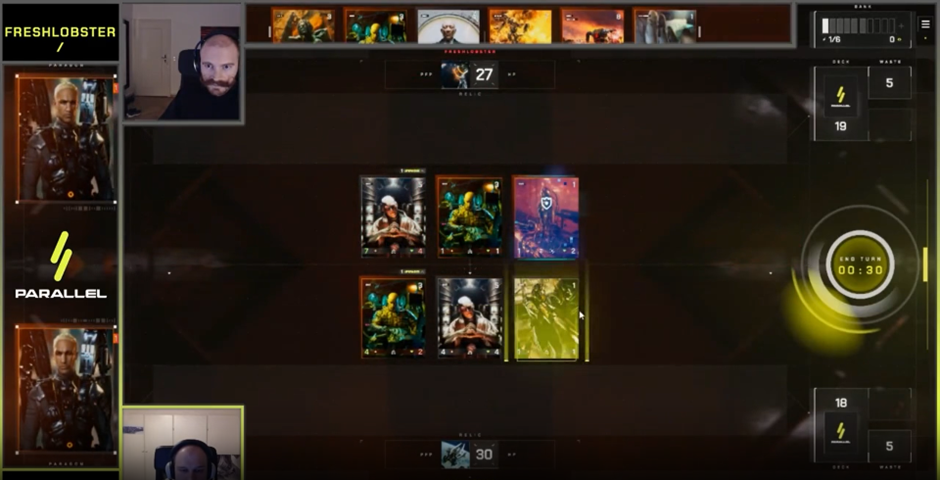
Although Parallel has successfully broken out in the TCG card game field, there are still many challenges to becoming a long-lived game that maintains a large core player base. First, based on current player feedback, the game's UI design has some flaws, such as unclear card text, lag, and crashes. Second, the game lacks a tiered matchmaking system in battles, providing little compensation for new players who lose, resulting in a lack of positive feedback in the game. Finally, the design of the game's economic cycle still needs improvement; as the number of new players and cards increases, how to clear existing cards and reduce inflation within the game remains a core focus for ensuring replayability and user retention.
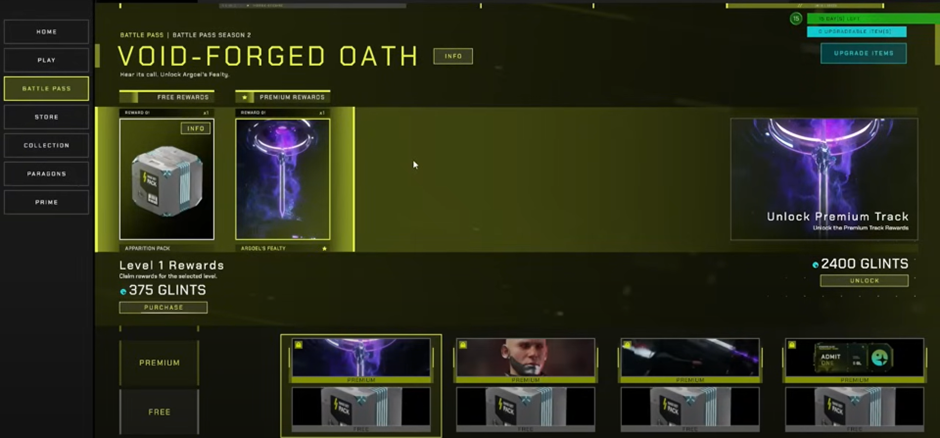
As of now, Parallel has completed 8 seasons. With continuous improvements and optimizations, the impact of Parallel on existing TCG card games is highly anticipated.
SHRAPNEL: A Freely Created FPS Game
Shrapnel is a first-person shooter (FPS) game that combines traditional high-quality gaming experiences with Web3 technology. Developed by industry veterans who have worked on well-known games such as Halo and Call of Duty, Shrapnel completed an initial funding round of $10.5 million in 2021, with investments from Dragonfly and Three Arrows Capital, and angel investors including Keith Nunziata (Citadel Global Equities) and Jason Zhao (Kleiner Perkins), followed by an additional $27 million in funding.
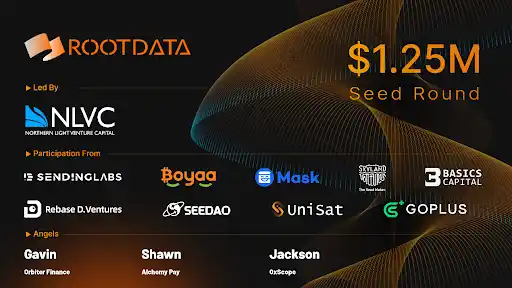
Unlike many blockchain-based games, Shrapnel emphasizes high-quality graphics and a refined gaming experience that can compete with top traditional FPS games. Most blockchain games belong to the virtual world or metaverse concept, focusing on player freedom and social experiences, with less emphasis on combat. In contrast, Shrapnel emphasizes high-intensity combat experiences and strategic thinking, allowing players to earn rewards through high-risk missions, making it stand out in the blockchain gaming market.
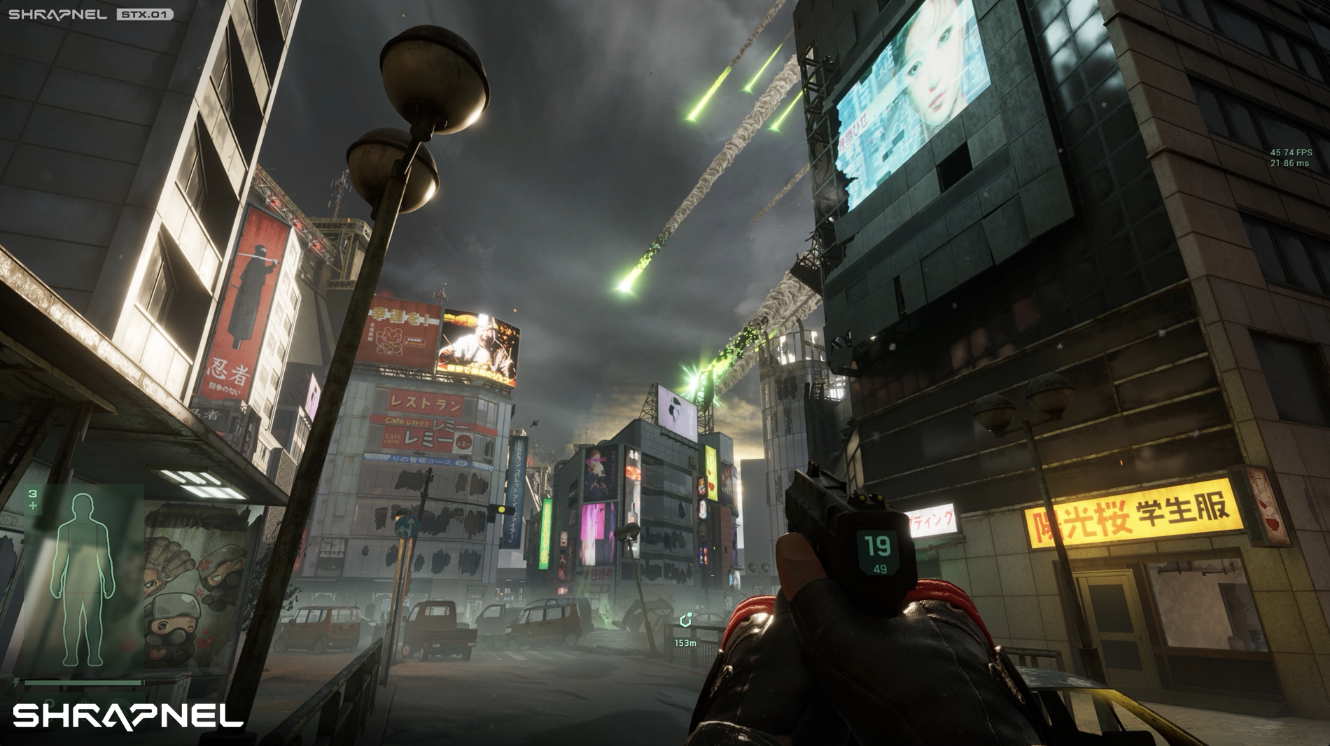
Shrapnel also provides powerful user-generated content (UGC) tools, allowing players to create characters, weapons, maps, and more, and mint this content as NFTs for use or trade by other players. The creation tools in Shrapnel are closely integrated with its combat gameplay, ensuring that the content created by players has practical uses within the game.

However, at the end of 2023, the game studio filed lawsuits against several investors, claiming they attempted to seize control of the company and its treasury, leading to significant doubts about this highly anticipated game for 2023 and 2024. Currently, internal issues have been resolved, and Shrapnel has launched on Epic, receiving ongoing attention across major platforms and gaming communities. There are high hopes for Shrapnel to perform well in the future under the leadership of a strong team that has developed games for Disney, Ubisoft, and others!
Illuvium: The Pinnacle of Open World Adventure and Combat in Web3
Illuvium is a 3D open-world game built on Ethereum L2 (Immutable X), where players can explore and actively shape the environment. The game is developed by a decentralized autonomous organization (DAO) called Illuvium. The main focus of the game is to find and capture strange beasts known as Illuvials. Players can battle their collected Illuvials against other players' creatures, and they can earn rewards based on their success in combat.

Illuvium consists of four games within its ecosystem: Illuvium Overworld, Illuvium Arena, Illuvium Zero, and Illuvium Beyond. There are five classes in the game: Guardian, Fighter, Rogue, Psion, and Empath. Additionally, there are five affinities: Water, Earth, Fire, Air, and Nature (e.g., Earth Psion). Players can stack and combine up to two affinities for energy boosts. The Illuvial NFTs captured by players are stored in their crypto wallets on the blockchain. In the game, they store their characters in Shards, which vary in strength, with stronger Shards supporting more powerful Illuvials. Since the project's launch, Illuvium has attracted significant attention from Web3 players due to its rich ecosystem and engaging game setting.

The game's innovation primarily lies in two aspects: first, Illuvium distinguishes itself from competitors' dapps by focusing on gameplay and monetization models through high-quality, continuously evolving NFTs. It combines elements of classic RPG collection games with popular battle mechanics from the Auto Battler genre. Additionally, it offers zero gas fees and sub-second transaction speeds through L2 (Immutable X).
The team behind the game consists of 71 members, including 15 core members. Co-founder Kieran Warwick has extensive entrepreneurial experience. He entered Web3 in 2015 and served as the marketing director for an Australian OTC exchange. Following the development of DeFi, Kieran re-entered Web3. Co-founder Aaron Warwick majored in computer engineering and physics in college and later became a game designer for Illuvium.
Since 2021, there have been four rounds of funding, raising a total of $65 million, including $12 million in March of this year, giving the team strong financial capabilities.
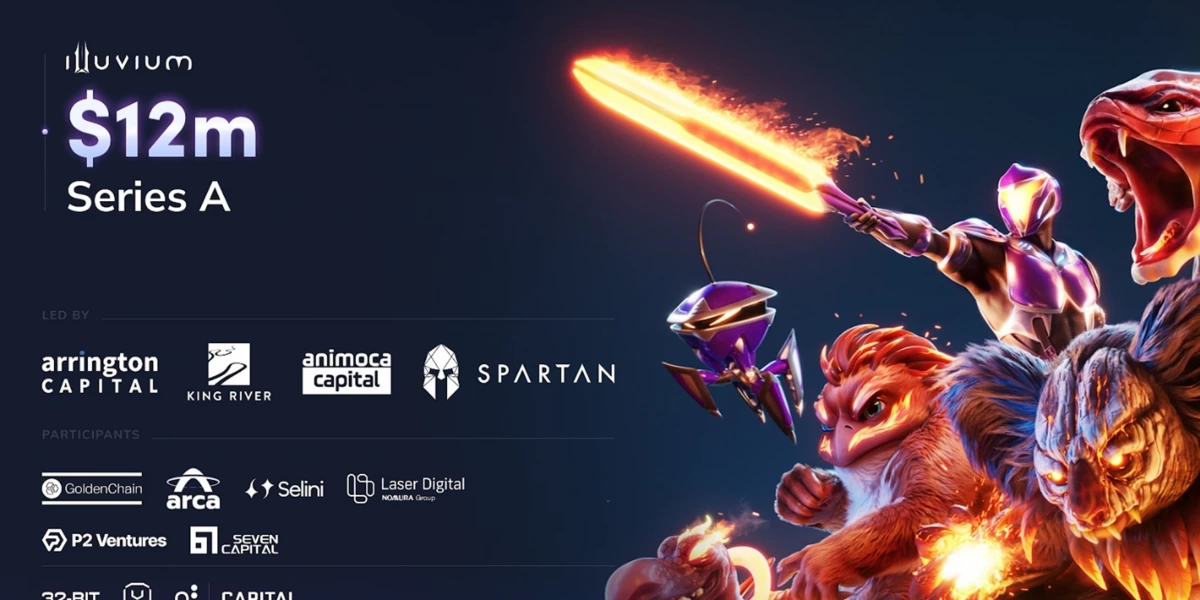
The advantages of the token $ILV derived from the game are mainly reflected in two points: (1) Efficiency: Immutable X employs advanced ZK Rollup technology to achieve fast, low-cost transactions on Ethereum, giving $ILV a significant advantage in transaction speed and fees compared to the Ethereum main chain; (2) Ecosystem Development: With the booming NFT market, the ecosystem of $ILV is continuously expanding, with many well-known projects joining Immutable X, providing strong momentum for its ecosystem development.
Currently, there are three main risks associated with the game: (1) Code security risk: Although Illuvium's staking contracts have undergone multiple audits, there are still potential code security vulnerabilities. Additionally, since the code for Illuvium's various games has not been made public, its security cannot be determined, and it may face threats from cheating software in the future; (2) Market risk: The current gaming market is highly competitive, with various games continuously emerging; (3) Token risk: As a key governance token for the project, significant price fluctuations of $ILV could adversely affect the development and operation of the project.
Eighty-One Trials to Obtain the True Scriptures
Just like the eighty-one trials in Journey to the West, the path to obtaining the scriptures has never been smooth. The growth path of Web3 games is also filled with challenges and opportunities. Although Hamster Kombat faces challenges in airdrop distribution, it explores new possibilities through the combination of nurturing, combat, and social elements; SERAPH has room for optimization in its token economy, but it stands out in the ARPG field thanks to its strong team and innovative game mechanics; despite Parallel needing to address issues with its UI and matchmaking system, it has successfully attracted a large number of players through its sci-fi theme and high-quality art; Shrapnel, despite experiencing internal setbacks, continues to draw attention with its exciting combat design and rich user-generated content; and Illuvium, even when facing security and market risks, remains highly regarded for its rich ecosystem and high-quality NFTs. Finally, how to further enhance the acceptance and participation of traditional Web2 users will also be a common challenge faced by all Web3 games. Just as every growth of Wukong is inseparable from hardships, Web3 games can only find their true scriptures in the vast digital world by weathering storms.
免责声明:本文章仅代表作者个人观点,不代表本平台的立场和观点。本文章仅供信息分享,不构成对任何人的任何投资建议。用户与作者之间的任何争议,与本平台无关。如网页中刊载的文章或图片涉及侵权,请提供相关的权利证明和身份证明发送邮件到support@aicoin.com,本平台相关工作人员将会进行核查。



